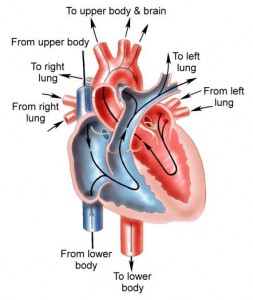Caisson disease is the result of inadequate decompression followed by exposure to high pressure. In some cases, Caeson's disease is not severe and does not pose an immediate threat. Otherwise, serious damage may occur; and when this happens, the sooner treatment is started, the better the chances of recovery.

During diving, body tissues absorb the nitrogen contained in the inhaled gas in proportion to the ambient pressure. As long as the diver is under pressure, the gas does not cause any problems. If the pressure drops too fast, the nitrogen does not dissolve and form bubbles in the tissues and bloodstream. This usually happens if you break the diving rules, but it can also happen if all the instructions are fully followed.
Bubbles that form in or near the joints are a possible cause of joint pain. When the amount of bubbles reaches a high level, complex reactions can occur in the body, usually in the spinal cord or brain. This can lead to numbness, paralysis and upper brain dysfunction. If a large amount of bubbles enters the venous circulation, blood may form in the lungs and a circulatory shock may occur.
Symptoms of decompression sickness (Caisson disease)
- unusual tiredness
- itchy skin
- joint and / or muscle pain in the arms, legs or body
- dizziness, tinnitus
- numbness and paralysis
- shortness of breath
Signs of decompression sickness (Caeson's disease)
- a rash may appear on the skin
- paralysis, muscle weakness
- urination problems
- confusion, personality changes, funny behavior
- amnesia, tremor
- concussion
- coughing up blood, frothy saliva
- collapse or unconsciousness
Note: Symptoms and signs of Caisson disease usually appear within 15 minutes to 12 hours after emergence, but in more severe cases, these symptoms may appear before or immediately after emergence. Subsequent onset of symptoms is rare, but may occur, especially if diving is followed by a flight.
The article uses information from DAN (diversalertnetwork.org)

